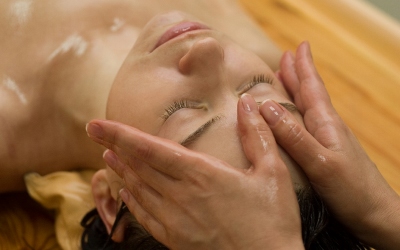More and More people are Turning to Ayurvedic Treatment
There is no doubt about it: modern medicine is a marvelous thing. There are, however, many people who believe that it does not offer the whole answer when it comes to treating every ailment. Some people prefer to temper it with a complementary style of medicine, and respect and interest is growing for an ancient field known as Ayurvedic medicine.
This can be judged by noting the increase in the number of patients who are choosing to go and see a traditional healer to seek out ayurvedic drugs to help improve a vast variety of different ailments.
The National rural Health Mission in India is actually offering ayurvedic medicine, alongside other complementary therapies such as unani medicines, allopathic and homeopathic remedies, at primary health care centres in rural areas.
This s the first time that various different kinds of medicine, both traditional and modern, have been available under one roof, with the shared goal of helping to improve the wellness and wellbeing of all patients. There are now three primary health centres offering this service, alongside 17 community health centres.
The traditional medicine is thought to play a strong role in helping to heal common diseases such as arthritis, urine problems, coughs and colds, fevers, constipation and diarrhea. In addition to this, it is now also being widely used by women who are suffering from problems related to a pregnancy or who are looking to regulate their reproductive system. There is even an increasing number of people now turning to ayurvedic medicine to help them deal with more serious complaints, such as diabetes and high blood pressure.
It is thought that around 40% of patients attending health care units (and children in particular) come to seek help with a skin problem, and these are generally advised to take ayurvedic drugs such as Jatyadi oil. Similarly, the elderly are frequently attending clinics with the symptoms of arthritis, and are being prescribed Panchguana oil.


Comments are closed.